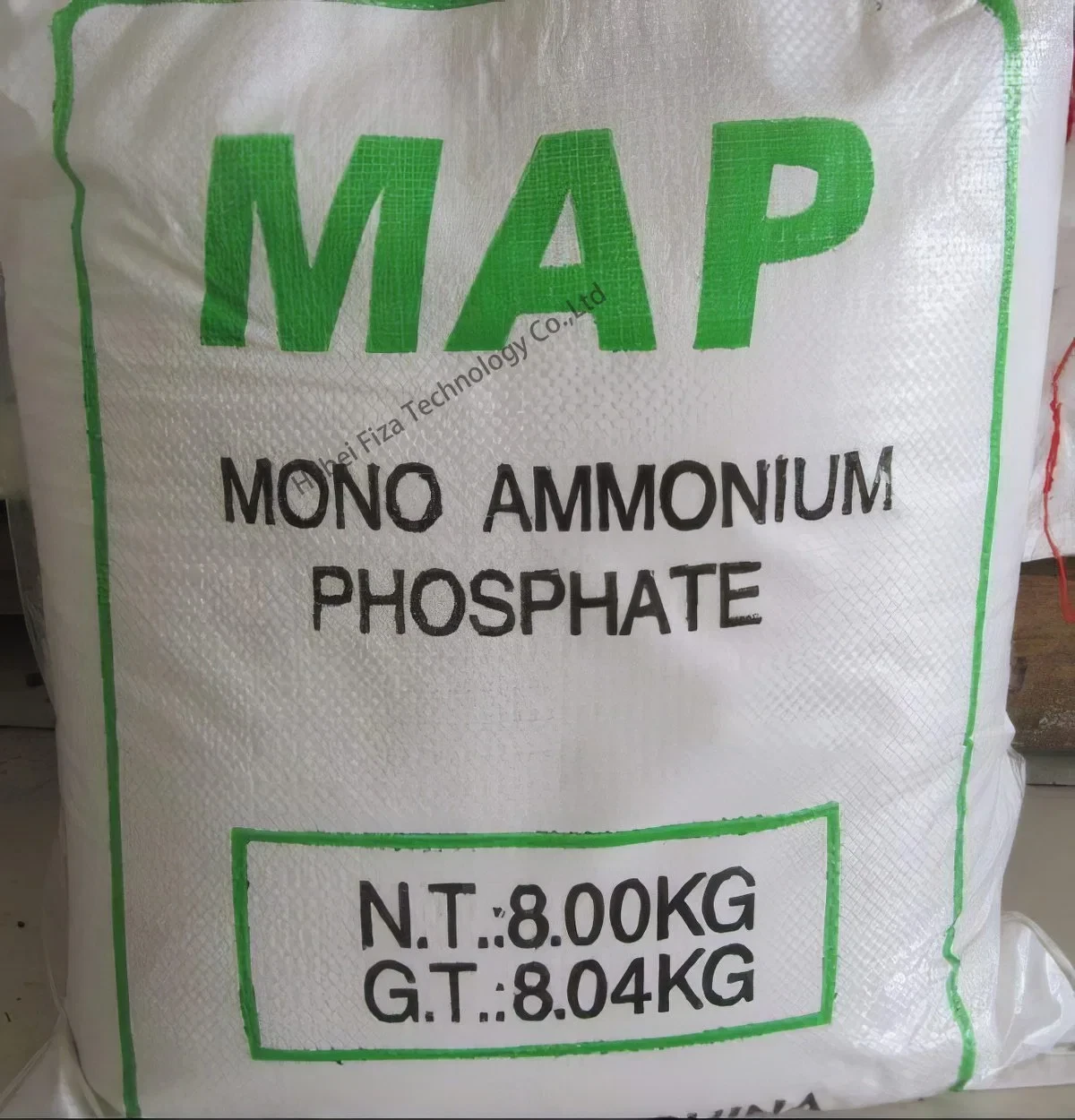



sodium hydroxide molar
Understanding Sodium Hydroxide Molarity A Comprehensive Overview
Sodium hydroxide, commonly known as lye or caustic soda, is an essential chemical compound with the formula NaOH. It plays a crucial role in various industrial processes, household applications, and laboratory experiments. One of the fundamental concepts associated with sodium hydroxide is its molarity, which refers to the concentration of this substance in solution. In this article, we will delve into the significance of sodium hydroxide molarity, its calculation, and its applications.
What is Molarity?
Molarity is defined as the number of moles of solute (in this case, sodium hydroxide) per liter of solution. It is a key concept in chemistry as it allows chemists to express concentrations in a standardized way. The formula for calculating molarity (M) is
\[ M = \frac{\text{moles of solute}}{\text{liters of solution}} \]
For sodium hydroxide, one mole corresponds to 40 grams, given that the molar mass of NaOH is approximately 40 g/mol. Therefore, a 1 M solution contains 40 grams of sodium hydroxide dissolved in one liter of water.
Preparing a Sodium Hydroxide Solution
To prepare a sodium hydroxide solution of a specific molarity, precise measurements are crucial. Here’s a step-by-step guide to preparing a 1 M NaOH solution
1. Calculate the Required Mass For a 1 M solution, you need 40 grams of NaOH for every liter of solution you want to prepare. 2. Measure Water Measure a little less than 1 liter of distilled water in a beaker. It is always a good practice to add the solute to the solvent rather than the other way around. 3. Dissolve the NaOH Slowly add the measured NaOH to the water while stirring continuously. Sodium hydroxide is highly exothermic, meaning it releases heat upon dissolution, so adding it gradually helps control the temperature. 4. Adjust to Volume Once the NaOH is completely dissolved, transfer the solution to a volumetric flask, and add distilled water until you reach the 1-liter mark.
Applications of Sodium Hydroxide Solutions
sodium hydroxide molar

Sodium hydroxide solutions have a diverse range of applications across several fields
1. Industrial Uses Sodium hydroxide is widely used in the manufacture of paper, textiles, and soaps. It is crucial in the production process as a strong alkaline agent that helps in digesting wood pulp for paper-making or in saponification for soap production.
2. Water Treatment In water treatment plants, sodium hydroxide is employed to control pH levels and neutralize acidity in water. It helps in the removal of heavy metals and other impurities, making water safe for consumption.
3. Chemical Analysis In laboratories, sodium hydroxide solutions are utilized in titration processes to determine the concentration of acidic substances. The ability to precisely measure molarity makes NaOH an essential titrant in various analytical procedures.
4. Cleaning Agents Due to its effective cleaning properties, diluted sodium hydroxide solutions are commonly found in various household and industrial cleaning products. It breaks down organic matter and neutralizes odors, making it a popular choice for drain cleaners.
Safety Measures
While sodium hydroxide is an extremely useful compound, it is important to handle it with caution. Being a strong base, it can cause severe skin burns and damage to eyes. Safety measures include wearing gloves, goggles, and protective clothing when handling NaOH. Always work in a well-ventilated area and store sodium hydroxide in a secure, labeled container away from incompatible substances.
Conclusion
Understanding the molarity of sodium hydroxide is fundamental for both practical applications and academic studies. Its preparation requires careful consideration and adherence to safety protocols. From industrial processes to laboratory analysis, sodium hydroxide remains a versatile and indispensable chemical in modern chemistry and industry. As we continue to explore its uses, being knowledgeable about its properties and safe handling procedures ensures that we can harness its potential effectively and safely.
-
Why Sodium Persulfate Is Everywhere NowNewsJul.07,2025
-
Why Polyacrylamide Is in High DemandNewsJul.07,2025
-
Understanding Paint Chemicals and Their ApplicationsNewsJul.07,2025
-
Smart Use Of Mining ChemicalsNewsJul.07,2025
-
Practical Uses of Potassium MonopersulfateNewsJul.07,2025
-
Agrochemicals In Real FarmingNewsJul.07,2025
-
Sodium Chlorite Hot UsesNewsJul.01,2025










